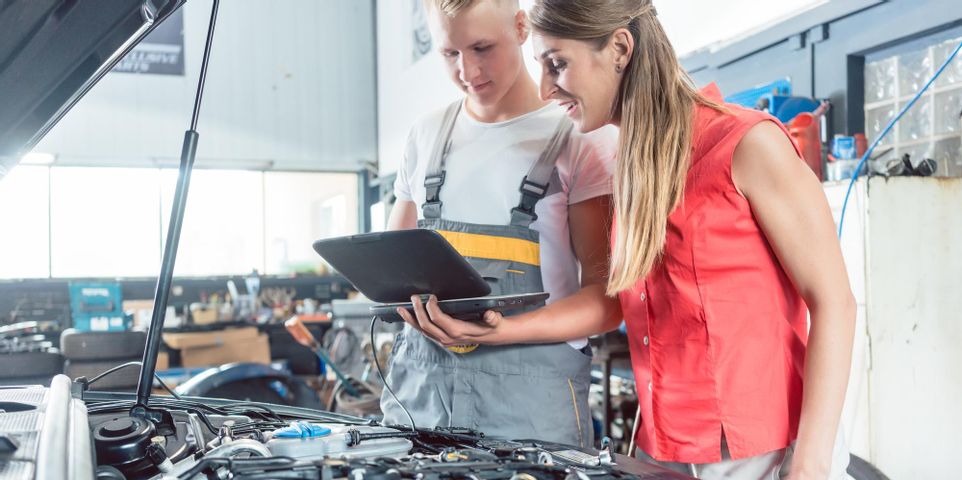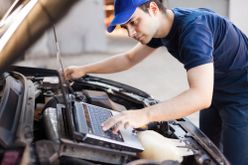What You Need to About Auto Body Repair Diagnostics

If you’re in an auto accident and your vehicle sustains more than just a small dent, your auto body shop's first step will be to locate and identify the full scope of the damage. Fortunately, that's where computer diagnostics come into the picture. As the team at OHS' Body Shop explains below, diagnostics are an invaluable aspect of the auto body repair process.
A Guide to Auto Body Repair Diagnostics
What Does the Process Include?
All modern vehicles are equipped with a computer module. This advanced system monitors various aspects of the vehicle and sends out signals when something is wrong. Body shops can scan a vehicle's module before and after completing repairs—first, to assess the damage, and second, to ensure all systems are performing correctly.
 Code readers are the most basic pieces of diagnostic equipment. Their whole purpose is to read any troubleshooting codes that the vehicle's computer system pushes out. However, most auto body repair specialists utilize a more advanced scan tool. This style of equipment not only reads codes, but also analyzes complex data and assists with the recalibration processes.
Code readers are the most basic pieces of diagnostic equipment. Their whole purpose is to read any troubleshooting codes that the vehicle's computer system pushes out. However, most auto body repair specialists utilize a more advanced scan tool. This style of equipment not only reads codes, but also analyzes complex data and assists with the recalibration processes.
Why Pre- & Post-Scans Are Important
Computer diagnostics are most important when identifying non-visible issues, which are common in the aftermath of a collision. Technicians use this information as a jumping off point to determine all the repairs that are needed. The process is repeated afterward to ensure that every issue is rectified.
Diagnostics are a vital component of successful auto body repairs, so it's important you choose a body shop that offers thorough testing. Since 1970, OHS' Body Shop has proudly served the painting and collision repair needs of drivers throughout Flathead Valley. The locally owned and operated body shop is committed to offering top-quality, reliable, and affordable work. Learn more about their computer diagnostic services online or by calling (406) 752-8202.
About the Business
Have a question? Ask the experts!
Send your question

